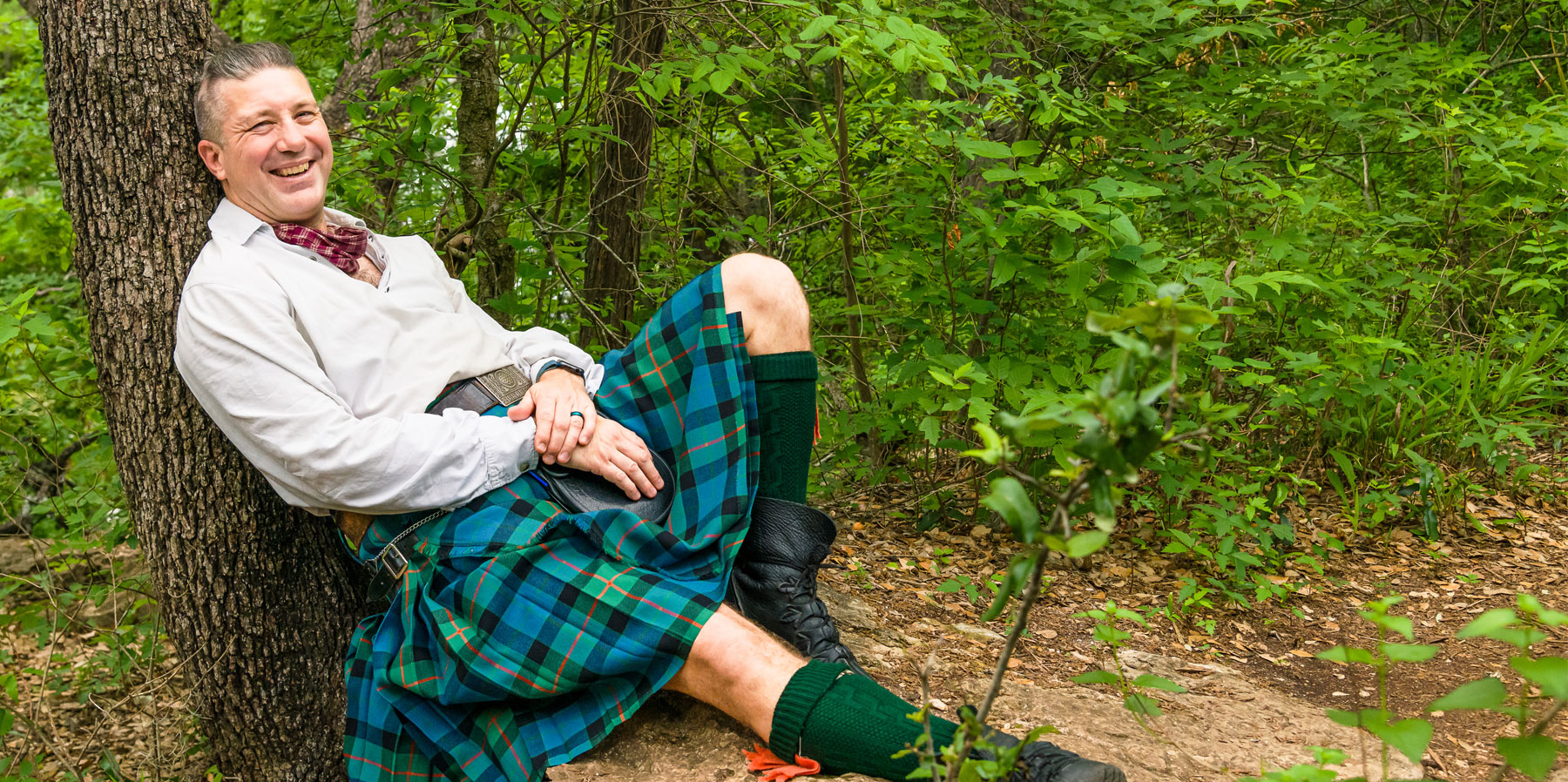From the Celtic History Newsletter:
Just a few miscellaneous tidbits on holiday traditions.
Christmas Eve was often seen as a good time for divination. One tradition was to have every unmarried person present break an egg and drop the contents into a glass, the shape that the white of the egg formed was interpreted to indicate the occupation of their future spouse. The eggs were then mixed with milk and oatmeal and baked as a cake, if the cake should break while it was baking it was a sign of bad luck.
The Cailleach Nollaigh, the Christmas Old Wife, or Yeel-Carlin are all names for a a symbol of cold and death. It was tree stump (preferably oak) that is cut by the head of the household and carved into the shape of an old woman. It was burned in the fire on Christmas Eve where it had to burn completely to ash so that death would bypass the house in the coming year.
The burning of rowan at Christmas was a sign of burning away mistrust and jealousy between family, friend or neighbors.
Yule Bread was an unleavened bread similar to a bannock. In some areas it was baked at specific times on Christmas Eve between noon and six, in some places, or in Banff during the 1800s it was cooked over the Yeel-Carlin between 8 and 9 pm. In some areas they were make one for
each member of the family, and the person who found a trinket baked into their Yule Bread would have good luck.
Yule Ale was was brewed specially for Yule and made from hops, root ginger and molassas.
Farmers sometimes went into the byre, or stable on Christmas Eve to read a chapter of the Bible behind their cattle and horses to protect them from harm in the coming year.
On Christmas Day the first person to open the door in the morning would prosper the most that year. A table or chair would then be placed in the doorway, covered with a clean cloth and set with cheese and bread, or bannock for visitors.
On the morning of Christmas in Uist the old men would ask the younger men to row their boats from the shore 707 strokes of their oars before casting their lines in to water. And fish that are caught are then given to the poor or elderly as a tribute to St. Peter, king of fishermen.
First Footing was a Christmas tradition as well as its better known aspect of Scottish New Year's traditions. The first person visiting the house that day must not come empty handed, but must carry bread, money and peat symbolizing plenty of food wealth and warmth for the household.
Animals were given a special breakfast on Christmas. A sheaf of corn and a sheaf of oats were hung on a rowan tree for the wild birds, and owners of cattle fed them from their own hands on Yule morning.
Yule-tide loaves were baked of leavened rye flour, or main bread was baked with an impression of Jesus or the Virgin. Richly seasoned oat bread was baked in some areas, and became a specialty of some bakers. When the Calvinists turned away from celebrating any holy days except for the Sabbath the baking of Yule Bread was banned in 1583 and bakers were told to turn in any superstitious customers who continued to ask them to supply it.
———————–
Watch for updates to our appearance schedules to see us in person in the coming year:
The Celtic Croft Schedule of Events
http://www.kilts-n-stuff.com
&
MacGregor Historic Games Schedule of Events
http://historicgames.com
Make sure you check out “How NOT to Wear a Great Kilt“. And if you like Scottish music, check out the free “Real Men Wear Kilts” bumper stickers or Marc Gunn's solo CD Soul of a Harper. Or even better, check out the Irish & Celtic Music Podcast for a free downloadable radio show of Celtic music twice a month.

